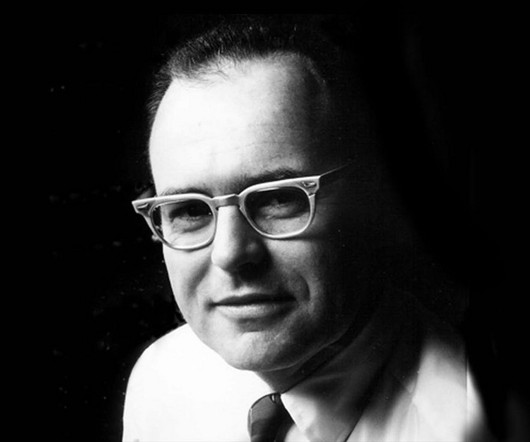Who Really Invented the Thumb Drive?
Cars That Think
DECEMBER 10, 2022
In 2000, at a trade fair in Germany, an obscure Singapore company called Trek 2000 unveiled a solid-state memory chip encased in plastic and attached to a Universal Serial Bus (USB) connector. Computer users badly needed a cheap, high-capacity, reliable, portable storage device. The thumb drive was all that—and more.













Let's personalize your content